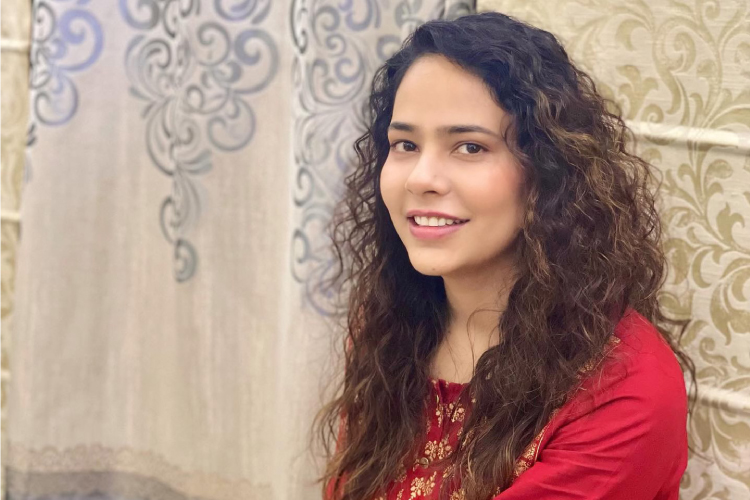Q] What were the insights behind the campaign School se Ghar Tak
We conducted our brand communications studies with a research agency, our partner creative agency Leo Burnett, and basis our earlier studies with KPMG and E&Y for several other business propositions. We even did a dipstick study with our existing consumers, and what is it that a consumer needs in this category, and what is being met by Extramarks, or the overall category for that matter. We realized that people are looking for a holistic solution to help them achieve their full potential, rather than just in silos. The insights we got were that a lot of these b2c side of Ed Tech platforms are only focusing on a few school boards, on a few languages, and a few key subjects like physics, chemistry, maths, bio, for that matter. The need from a consumer point of view happens to be for holistic learning growth, which involves content in different formats, meets the requirements of different boards, in different languages, and for all of the subjects. That’s when we decided that we need to be present in the b2c sphere as an offering as well as from a communication perspective. And ‘Ghar Se School Tak’ is communicating it nicely that we are talking about your holistic learning, rather than you studying in silos or aiming only for a few extra marks that you can have, probably by doing a self-study alone.
Q] If you look at this Ed Tech category, it’s very highly competitive, how does Extramarks differentiate itself?
You don’t have to go to one Ed-Tech platform for self-study or another one for your in-school study, or to another one for your test preparation. We provide everything on the same platform. Holistic learning is a key differentiator for us. I may be ambitious over here, but nobody in this category is probably providing that foundation or trust or credibility that we have, because of our 10,000 plus schools that trust us or rely on the curriculum that we offer. Our strength and foundations come from our perspective of learning and expertise in the b2b space. Learning is highly adaptive. And from the content perspective, we are providing content across 18 state boards, national boards, across all of the languages that are their major languages.
Q] What are the challenges in the EdTech space or challenges for Extramarks?
When Ed Tech came into place, it was seen as a rival or as a competition, ‘but this category has evolved, at least on the b2b side, and become an aid to the teacher rather than replacing the teacher. So teachers are not being replaced, the teacher itself is using these rich media content in terms of audiovisuals and videos or textual format, in a 3D format. I think the challenges certainly have changed and currently the category is full of players. The new brands that we are seeing are highly focused, targeting a niche, let’s say specifically for JEE or NEET preparation or specifically only for toddler segment, or specifically only for after school learning or in-school learning itself. So, a lot of players are there for sure. This is a challenge, but it’s beautiful to see how this category has evolved. The other one happens to be again the share of voice with certain big players, with certain good backing, you know, being able to speak about themselves on such a large scale where they are present in every possible end consumer’s mind because they have been exposed through their marketing communications. So, taking that share of voice happens to be one challenge in terms of marketing, and the other one happens to be going down the funnel, where people should at least give me a try. I think that’s where the challenges are.
Q] Where did your learners mostly come from, which parts of the country?
So being an Ed Tech player the Tier I or top metro cities are low-hanging fruits for any of the online platforms, be it for shopping, consumption of entertainment content, or for that matter education over here. So obviously the majority of it comes from Tier I and the metro cities. There’s a huge potential in the Tier II and Tier III cities. And apart from this, obviously the education hubs, for example, Ranchi, Patna, and for that matter, Gwalior, Kota, these places where people are highly education-focused, we see a lot of traction coming in from there. In terms of focus from a business perspective, I think anyone and everyone in the country is a TG for us. And a lot of traction comes in wherever we do any activity. And it has been a really good thing to see that equal traction is coming from all parts of the nation.
Q] Would you like to talk about your media mix?
On an overall level, we are focusing on different media across traditional as well as the new age media, the digital one as well. India is a low trust market, where a lot of credibility and trust comes through being present on mass media; we want to build that credibility by being an Ed Tech player. There’s supposed to be a reason to believe when I say, “Hey, trust me, I’m the number one leader,” etc. Hence we have done this campaign, the recent one on mass media, which is inclusive of TV, Print, which is inclusive of cinema because things were starting to improve.























